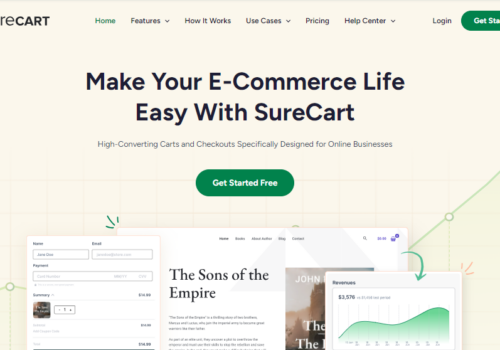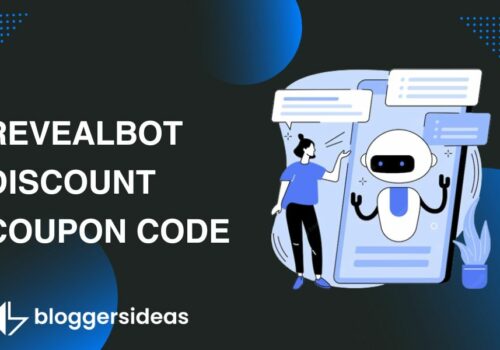You’ll likely come across a whole new lexicon and set of concepts as you explore deeper into the world of digital marketing, SEO, and paid search advertising.
What Is a Landing Page?
A landing page is a separate web page designed expressly for a marketing or advertising campaign in digital marketing. It’s the location where a visitor “lands” after clicking on a link in an email or ads from Google, Bing, YouTube, Facebook, Instagram, Twitter, or other websites.
Unlike web pages, which usually have multiple aims and promote research, landing pages have a single emphasis or goal, referred to as a call to action (or CTA, for short).
Landing pages are the ideal alternative for raising the conversion rates of your marketing campaigns and minimizing the cost of gaining a lead or sale because of this concentration.
Types of Landing Pages
Landing pages, in general, allow you to finish a post-click sequence with a dedicated page that shows the visitor they’ve arrived at the correct spot. Busy homepages or product pages might muddle the message, whereas landing pages make it very obvious what will happen if the visitor clicks through.
Making a landing page allows you to fine-tune and improve your visitor interaction, increasing the likelihood of conversion.
You also get more bang for your buck with PPC – you’ve already paid for this click, and a landing page helps you make it worthwhile. By ensuring that you use the correct type of landing page, you can enhance the likelihood of conversions even more. Let’s take a look at the different types of landing pages and what they’re used for.
Landing Page for Lead Generation
The primary goal of a lead-generation or lead-capture landing page is to acquire leads using a data capture form.
These pages are quite versatile, but they’re most commonly utilized in the middle of the sales funnel, when customers are considering your offerings and on the verge of converting or walking away. It simultaneously delivers a request and a reward.
The request is the information you ask for in your form, and the reward is the unique offer you’re advertising in order to capture leads. The request and the reward should be in proportion.
Whatever you’re selling has to be worthwhile enough for a buyer to give you their contact information and be included in your mailing list.
Sales Page
The most challenging page to create is usually the sales page. You’re no longer only prospecting for leads using this page.
It’s one you’d use towards the very bottom of the funnel to persuade folks to buy, which is a completely different proposition than a simple request and incentive combination. From the language to the design, the page’s construction necessitates delicacy and a thorough awareness of your client’s demands and where they are in the sales funnel.
At this moment, you may either sell too hard and lose the transaction, or you could undersell and lose the sale anyhow. This is where you must add good old-fashioned salesmanship into your design and communication strategies.
The length of the page is determined by your product and how much information you need to provide to your clients to understand its value. Regardless of length, a detailed pitch that clearly displays this value is required, with the goal of convincing them to click that button and make the purchase.
Microsites
A microsite is a dedicated, small website, as the name implies. It’s made for a certain campaign or to achieve a specific sales goal.
Although it is more than a single page, it is nevertheless referred to as a landing page because it is dedicated to a single area of sales and promotional operations. Microsites are fueled by web adverts or work in tandem with television commercials.
Also Read:-





